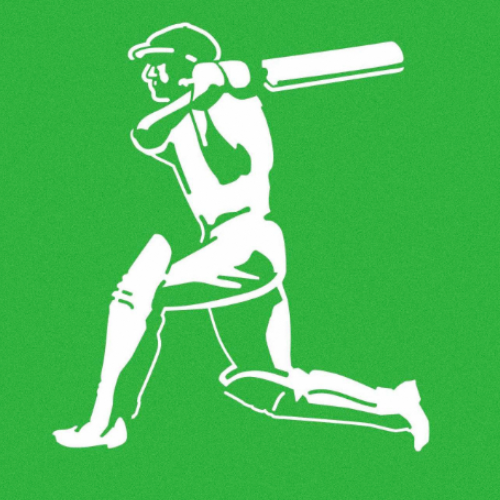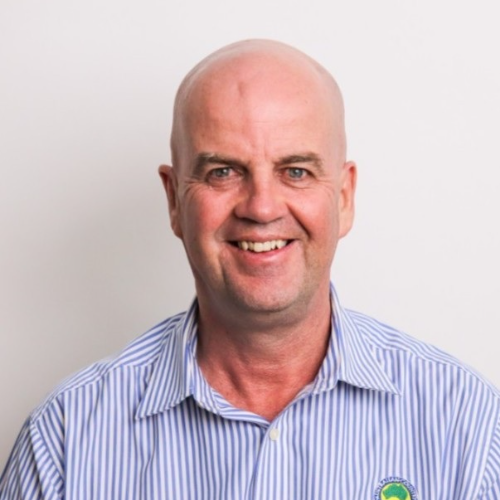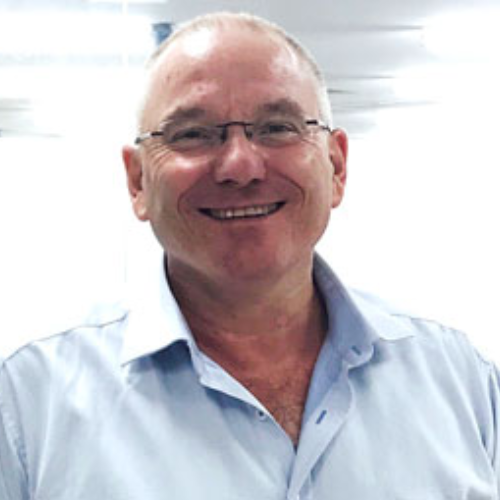Having worked remotely for the Bradman Museum and International Cricket Hall of Fame for almost a year now, I was recently afforded the opportunity to travel to Bowral. Home to both Bradman and his museum, it is simply a stunning town.
I found myself in a rather unique position on the trip. A cricket tragic on his first proper visit to Bradman’s home town, I couldn’t wait to immerse myself fully in the tourist experience. That said, I was also here to work and gain further experience as a writer and part of Bradman’s digital team.
The following is something of a tour diary…
*
In the same way an umpire pops their head into a cricket dressing room five minutes before play, the soft Autumnal light here peers through the trees, whose late April leaves blush with a cricket ball reddish hue. Gorgeous though the golden morning glisten may be, it doesn’t bring with it any particular warmth until at least 10:30 – fittingly, just in time for the first ball to be bowled at St. Jude Street. Everything in Bradman’s home town, right down to the end-of-season sunlight, has a cricketing bent.
Keen to get up early and explore the town, I naturally end up at Bradman Oval first thing on Monday morning, where frost has settled in across the ground. Not uncommon for this time of year, groundsman Phil Kerr is unperturbed; the wicket square deliberately left uncovered after a social match the day before. Hessian slung over the pickets, the ground is left to recover – a process it has become very good at, with 52 matches (!) taking place on the hallowed turf across the summer. Unlike most public grounds in Australia – of which Bradman Oval is one; even dogs can play fetch where The Don trod – there are no ropes or brazen “KEEP OFF” signs around the perfectly manicured square; a nod to the locals’ knowledge and respect for the game and their ground’s place in it.
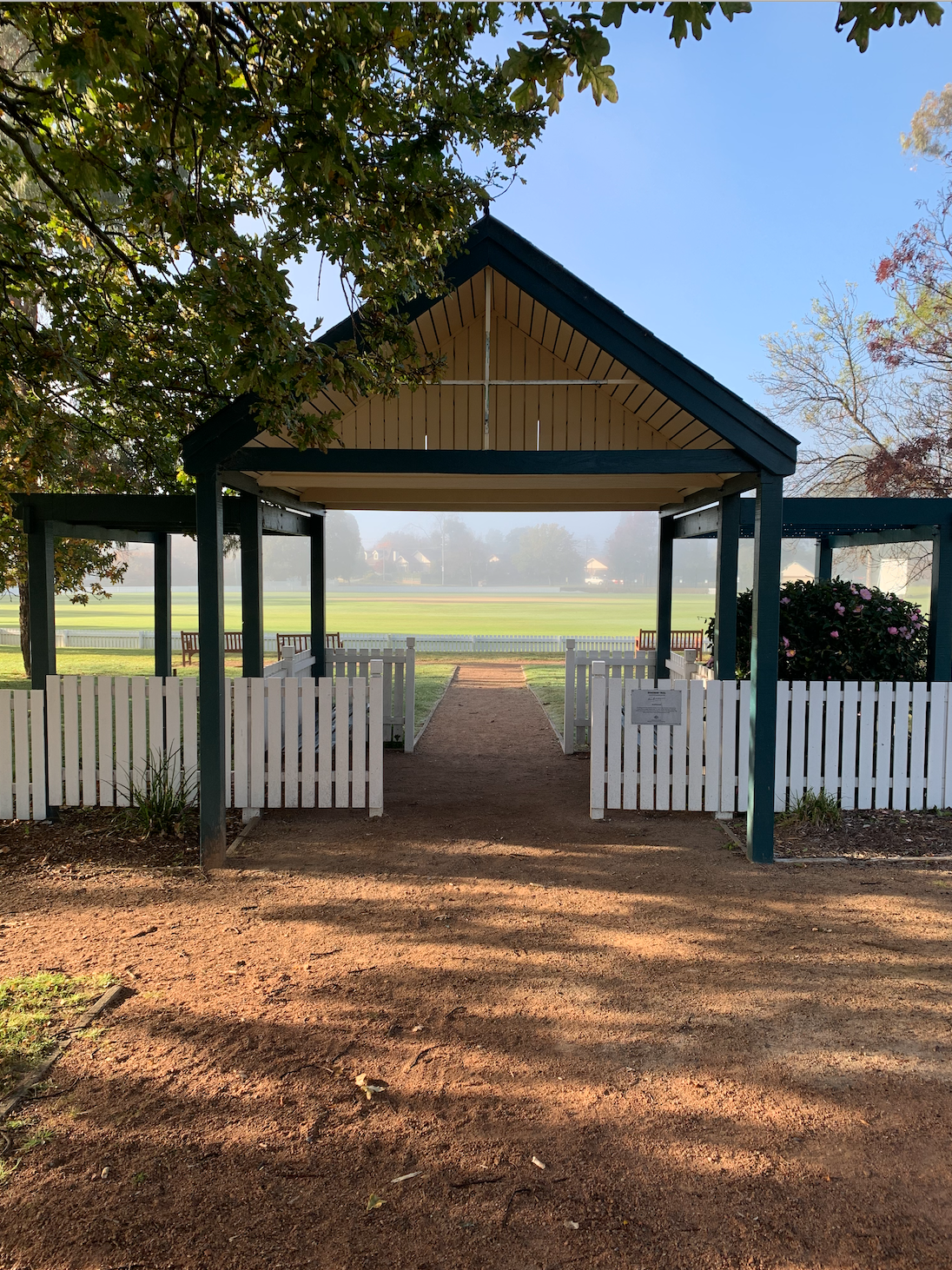
Stunning in the early morning sunlight, Bradman Oval is a special place
As I wander up the hill past the ground and towards the café and museum, the unmistakably bubbly voice of Rina Hore breaks through the crisp morning air. Executive Director of the Bradman Foundation, Rina has an irrepressible passion for the game, its people and its heritage. With an unparalleled work ethic, she is the heartbeat not only of the town, but the game. Peter Young, former head of communications at Cricket Australia, suggests she must subsist on a diet of Duracell batteries to power through the mountain of work that she does on a daily basis, but I’m willing to argue the point that no anthropomorphic pink rabbit could ever keep up with Rina. On this occasion she is helping Museum Operations Manager, Paul Millward, work through a range of administrative tasks for the day. Top of the list, a new home for the defibrillator; a touch closer to the change rooms would be ideal in case of a real heart stopper out in the middle.
*
My first order of business is a proper trip through the museum. Australia’s largest dedicated cricket collection, it seems a tragedy that a tragic like myself has yet to do it. As Rina and the team are considering making some changes to the collection after a steady nine years, it is a privilege to walk through for the first time. Prepared to marvel and celebrate the achievements of the game’s greatest players, I am instead prompted immediately, in the Origins of the Game Gallery, to reflect on my own poor season:
The word ‘wicket’ comes from the Anglo-Saxon ‘wican’ which means “to give away.”
Giving away one’s wicket? Something I did more than my fair share of in season 20/21…
The museum progresses through something of a chronological history, taking visitors through the Origins of the Game, moving into a fantastic insight to its first major controversy with a dedicated Bodyline exhibit, before the grandeur of the standalone Bradman Gallery.
It is in The Bradman Gallery, that the museum really starts to flex its muscle. A dedication to the man and the cricketer, it is laden with priceless, fascinating artefacts from Bradman’s life. His first bat, a number of his Baggy Greens, as well as letters and personal items from his childhood line the wall. If you’re a fan of big numbers, there are plenty of them; Bradman’s highest scores line the walls; dauntingly, most of the triple-figure scores starting with a 2 or a 3.
As I explore the wall of framed action shots from his life – many with family, friends outside of the game, and even one as an amateur wrestler – it strikes me that Bradman’s was a life made fuller by cricket, not full only of cricket. Indeed, on another wall, Sir Donald himself is quoted, observing that “the world needs sports such as cricket to help keep other matters in perspective.” Striking a careful balance, the gallery is a marvel; telling the all-encompassing story of a man’s life, one so much broader than the skill for which he is most renowned.
Central to the fabric of the Bradman Museum is former Patron, Richie Benaud’s wish that it gives precedence to the people and eras that changed the game and aided its growth. Fittingly, then, cricket’s next watershed moment is honoured in the World Series Cricket Gallery. As with the game itself, it is the museum’s first dazzling display of colour, as Kerry Packer’s masterstroke is celebrated. The Revolution Wall honours the contributions of all those who took part, while the brightly coloured uniforms and helmets that typified the game’s transition hang proudly on display.
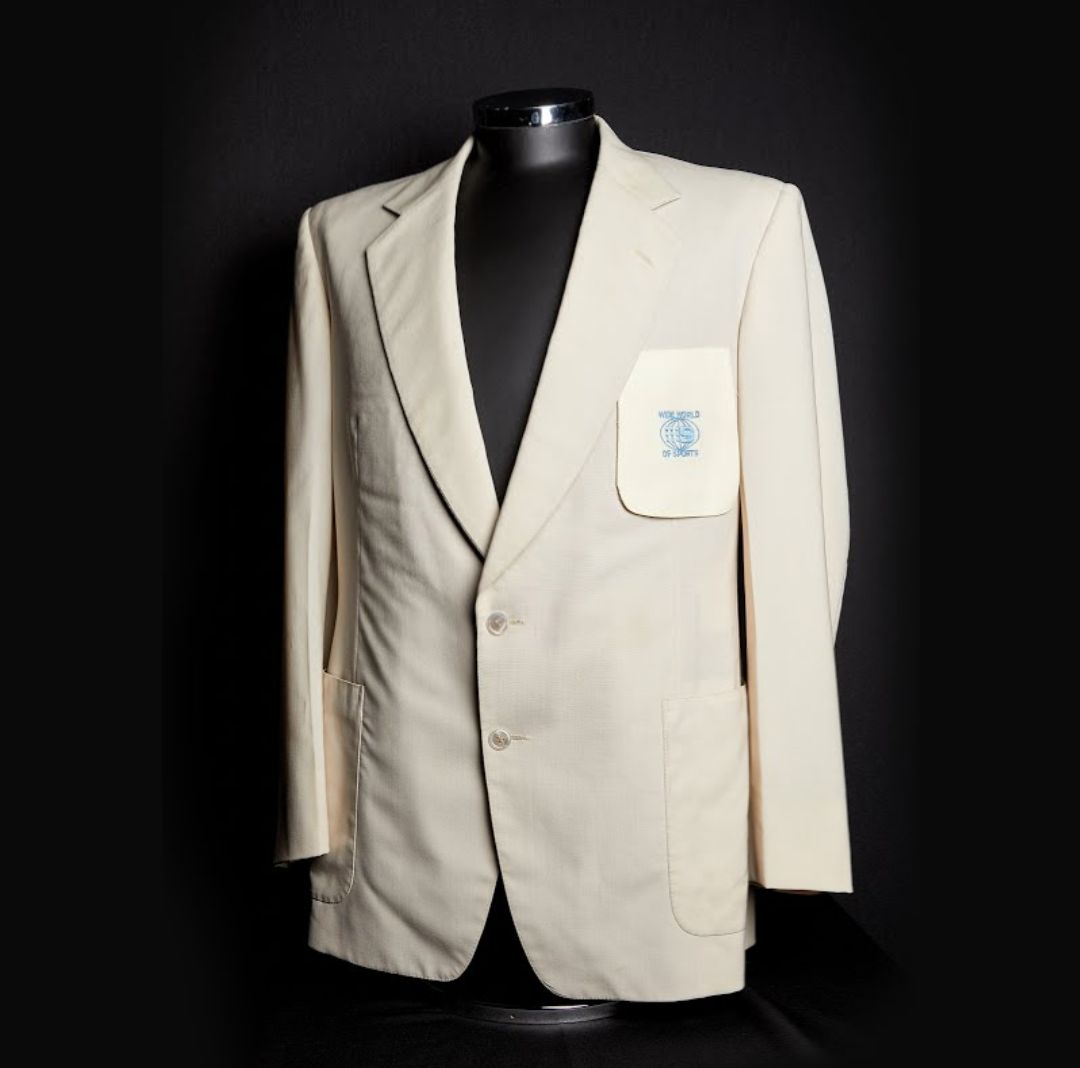
"The cream, the bone, the beige or the white?" - Richie Benaud's cream blazer also hangs on display
Trophies, video highlights and assorted memorabilia – donated by a who’s who of international cricket – all line the walls of the Main Hall. The Baggy Green exhibit is demonstrative of the generosity the Australian cohort, as more than 20 of the cherished caps sit on display. Irrefutably the most striking, however, is a collection of Dave Thomas portraits in the Greats of the Game Gallery. Thomas, a Highlander himself, is one of the world’s most acclaimed portrait artists, and his works here – including Sachin Tendulkar, Adam Gilchrist, and Sir Vivian Richards – add a profound sense of gravitas to the whole visitor experience.
A unique, invaluable and marvellously curated collection, the museum continues to evolve with the game whose story it tells, and it really is a must-see for any cricket lover.
In the afternoon, Rina and I set out to visit Dave Thomas in neighbouring Burradoo. A long-time friend of the Bradman Museum, he is in the process of completing in excess of twenty portraits to round out the Greats of the Game gallery. We arrive to find Dave and a couple of friends watching Tottenham Hotspur. A touch dejected as he opens the front door – Spurs have just lost 1-0 – Thomas’ face lights up as he takes us to his stunning studio to show us his works in progress. Truly a masterful artist, it is a pleasure to hear him explain his process and how the pieces come to life. “I love painting hands,” he says. “They’re so expressive and you can cram so much detail in there.” Imbued with such passion, it is no wonder that his work is adored the world over. This day, we are here to collect Murali, Syd Barnes, Graeme Pollock, Sir Richard Hadlee and Bill O’Reilly. Five stunning pieces, we carefully load the crew into Rina’s ute. Perhaps the first time Barnes has travelled in such a fashion, the short trip back to the museum will soon see them all a touch more comfortable; given pride of place in the Main Hall.
*
Overnight, star Australian fast bowler, Patrick Cummins has generously pledged a $50,000 donation to support India as it struggles through a deadly second wave of COVID-19. Considering the Bradman Foundation strives to promote humility and honour through cricket, we are keen to celebrate Cummins’ actions. As such, Tuesday begins with some graphic design and social media coverage – both in support of Cummins and the Indian community. In the office, Rina’s phone (as ever) is ringing non-stop. Collaborating with Foundation Chairman, Leon Zwier, she is working out how we can best support the Indian relief effort.
As the wheels are set in motion, we have another visit to make. Indicative of the reach of the Bradman Foundation, is its extensive network of highly talented friends who are keen to lend a hand. Darren Powell, formerly an integral part of the media teams with various television networks, he has become something of a right-hand-man for Rina and the crew at Bowral; lending assistance with video editing and production for the Museum. As we enter his house – a treasure trove of vintage media equipment, cameras and record players – he chuckles and pauses the original Space Invaders. I am quick to busy myself with his original Atari 8-bit, as he returns to finalising a video edit. Seamlessly navigating through more than 40 minutes of raw footage, Powell is endlessly generous in explaining the best way to chop and change content. With a wealth of knowledge and the skill to match, Powell soon hands over a USB with the finalised video – a highlight reel of the recent Bradman Masters’ Dinner, featuring Rick McCosker (OAM). As we head back to the Bradman Centre, it is impressed upon me that the community here, with diverse backgrounds and skillsets, are united in cricket. With a love for the game and its rich history, everyone is keen to be involved with the Bradman Museum in some capacity.
On our return, Rina is working the phones. Everyone knows, too, as her ringtone “Scotland the Brave” radiates across the top floor of the office. Liaising with Neil Maxwell, the Australian High Commissioner in India and her Board of Directors (Rina really is Australia’s Mrs Cricket) she is gradually solidifying plans for how the Foundation can help in India. A financial contribution and a call-to-action to help galvanise the cricketing community is the plan at this stage. I am tasked with producing a media release, while Jarrod – the Bradman Centre’s graphics whiz – drafts up a range of design templates to accompany the announcement. Embracing the Foundation’s charter to “advance, promote and encourage the intellectual and cultural welfare of persons within the community”, it is a pleasure to be part of the Bradman effort to relieve Indian suffering. As ever, plans continue to change and while the Bradman India COVID Appeal is taking shape nicely, it will have to wait for further approval…
We leave the office early today, as Rina has a meeting with the Recognition of Women in Cricket Working Group. Part of the team tasked with deciding who should be the first female to be immortalised in a statue at the SCG, she is excited to share the discussion with the likes of Cricket Australia CEO, Nick Hockley, SCG CEO Kerrie Mather, WACA CEO, Christina Matthews and current Australian vice-captain, Rachel Haynes.
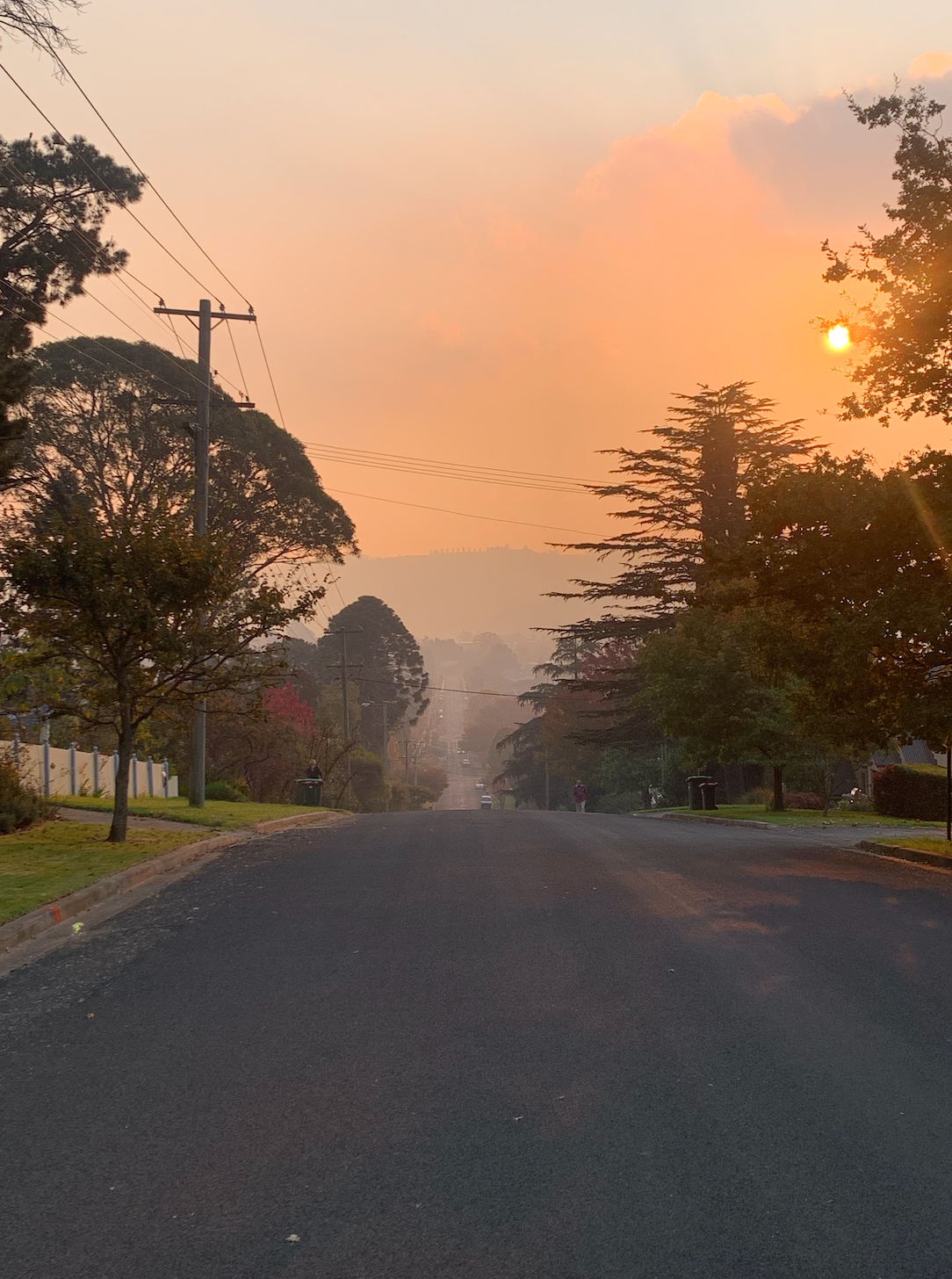
Looking down over Bowral from the top of Shepherd Street
Taking the chance to spend the late-afternoon getting around Bowral before the sun sets, I grab my running shoes and head to neighbouring Shepherd Street. One big hill, Sir Donald’s childhood home – number 52 – sits the bottom. Quaint and well-maintained, I take a break from running to have a giggle at the fact that the house proudly displays a “tank water in use” sign; whether the tank gets as much use as it did from a youthful Don who famously honed his hand-eye co-ordination against it remains to be seen. In any case, I decide to jog to the top; a workout in itself, it strikes me that perhaps conquering Shepherd St is the secret to developing the fitness base necessary for long hours at the crease. A quiet moment alone at the summit, peering back down through the orange glow, I can now fully appreciate the history and significance of this place.
*
The third day of a Test match might well be considered moving day. The pitch usually delightfully flat for batting, whichever team owns the third day, will generally be hard to beat. Similarly, the third day of my trip to Bowral sees things go up a notch at the Bradman Centre. Following discussions with the Board overnight, amendments need to be made to the Bradman India COVID Appeal; a number of iterations are drafted, ripped up and re-written as the circumstances continue to change. Rina’s dedication to ensure we are taking the right steps and making a commensurate contribution is admirable to say the least and we are all keen to help in any way we can. Additionally, preparations are ramping up for the annual Chairman’s match, happening on Saturday. Invitations are written and replied to, pamphlets, stories and graphics all produced to ensure that the day can be a fitting celebration for a season unlike any other.
After a long day, I live like a Bowral local in the evening, picking up the best pizza in town from BD’s on Bong Bong Street. Arguably, I can justify this decision to be an immersion in the Bradman experience – an effort to follow in his footsteps. This is not because the Don had a penchant for pizza per-se, but because the restaurant is almost directly opposite where a young Bradman worked as a clerk for Percy Westbrook’s Real Estate Agency from 1922-1928. Should you choose to look for it, cricketing history is writ large in every part of Bowral.
*
Long before the dew – and even the frost – has burnt off the outfield of Bradman Oval, Nicola and her team in the Bradman Café are busy making coffees for the Bowral locals. The Bradman Centre means more to the local community than just cricket, so it is heartening to see that so many people pop into St Jude Street to kick off their morning. With a big day ahead, I join them on Thursday, Brooke’s latté the best of the trip thus far.
Sipping the coffee, I see Dave Thomas pull up out the front and my memory is jolted – when we met on Monday I had haphazardly agreed to act as a body double for Sir Jack Hobbs; Dave is here to take photos to use as a reference for his next portrait. We shake hands and I curse myself for not asking for this coffee Irish… Naturally the museum is a hub of activity today, too, as preparations continue for the big match on Saturday. So, as I walk through the various galleries kitted up in full whites and classical skull cap, there is no shortage of sideways glances from customers and friendly chiding from Jock (the Bradman Centre’s affable head cricket officer). Nevertheless, Dave starts snapping away, and my discomfort is eased only slightly when he tells me Adam Gilchrist, Dennis Lillee and Sir Vivian Richards have sat on the same stool. I wonder if the Calypso King made this look enviably easy, too? In any case, Dave gets what he needs, and I quickly get changed. My brief modelling career over as quickly as it began.
Sharing a laugh with Jock – though really, he is still having a giggle at my expense – we head down to the oval for the weekly Coverdrive program. One of the central pillars of the Bradman Foundation’s work in the community, Coverdrive, now in its fourth year, uses sport as a means to engage with high school students with disabilities. Promoting the unique and invaluable lessons that sport provides, the program works with the support units of Bowral and Moss Vale High Schools. Giving in excess of 80 students the chance to participate and engage in a range of sporting activities on a weekly basis, Jock – along with his support staff of volunteers and specialist coaches – does an incredible job.
So today – in stunning Autumnal sunshine – the picturesque Bradman Oval is set up with four different stations; giving the Bowral High students the chance to rotate through soccer, tennis, touch rugby and golf. A keen golfer and tennis player though he might have been, I’m not sure even Sir Donald could have imagined his former home ground would play host to such an eclectic range of sports. What he would understand – and fundamentally relate to – is the unfiltered joy that follows, as the students all settle into their own sporting rhythm. Heart-warming for all involved, Coverdrive typifies the limitless potential of sport when utilised in a nurturing and caring environment and it is a pleasure to have been involved today.
*
The first Saturday in May might usually be a good time for a game of cricket in the UK, but today, it is perfect for a final hit-out of season 2020/21 at Bradman Oval. The annual Chairman’s match returns in pristine sunny conditions. Happily, Rina, Nicola and the crew have decided to hold a garden-party style luncheon to accompany the cricket. Civilised and sophisticated, we spend the morning setting up marquees and bain-maries. As the players roll in, teams comprised of Board Directors, Bradman Scholars and Members, Jock gives me the chance to live out a little cricket dream – driving the buggy around the outfield to remove the morning dew from the playing surface. Quirky as it may seem, in a game like cricket – with its uniquely long and drawn out process – an affection for the little things, like the preparation of a ground for play, endures.
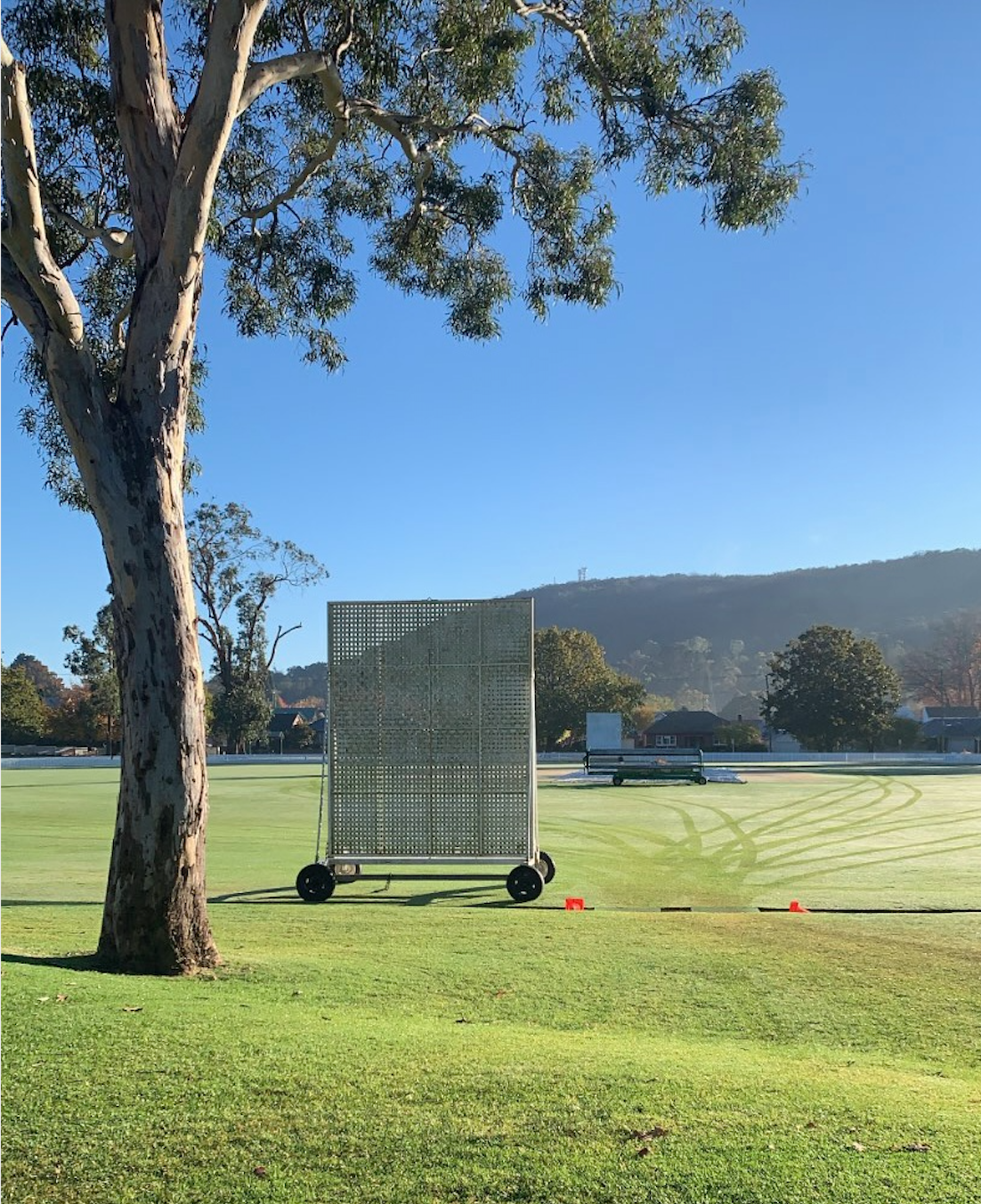
Picture perfect one last time...
So, as I observed at the start of my visit, the sun brings with it just a hint of warmth come 10:30. Just enough to help thaw out bodies that have not undertaken anything like a warm-up, and when the umpire calls “play” in this perfect setting, the action is underway one last time.
For me, a golden duck in the Chairman’s match. As ever, keen to follow in Bradman’s footsteps, that we were both dismissed without scoring last time at the crease might be the only statistical similarity we will ever share.
***************************************************************************************************************************************************************************
To read more from Andrew Young, including work specifically related to the Bradman Museum and International Cricket Hall of Fame, click: HERE
Join the cricket network to promote your business and expertise. Make it easy for people to search and find the people and services they need through people they know and trust.
Join the network